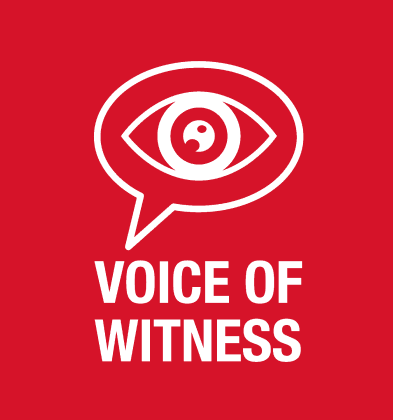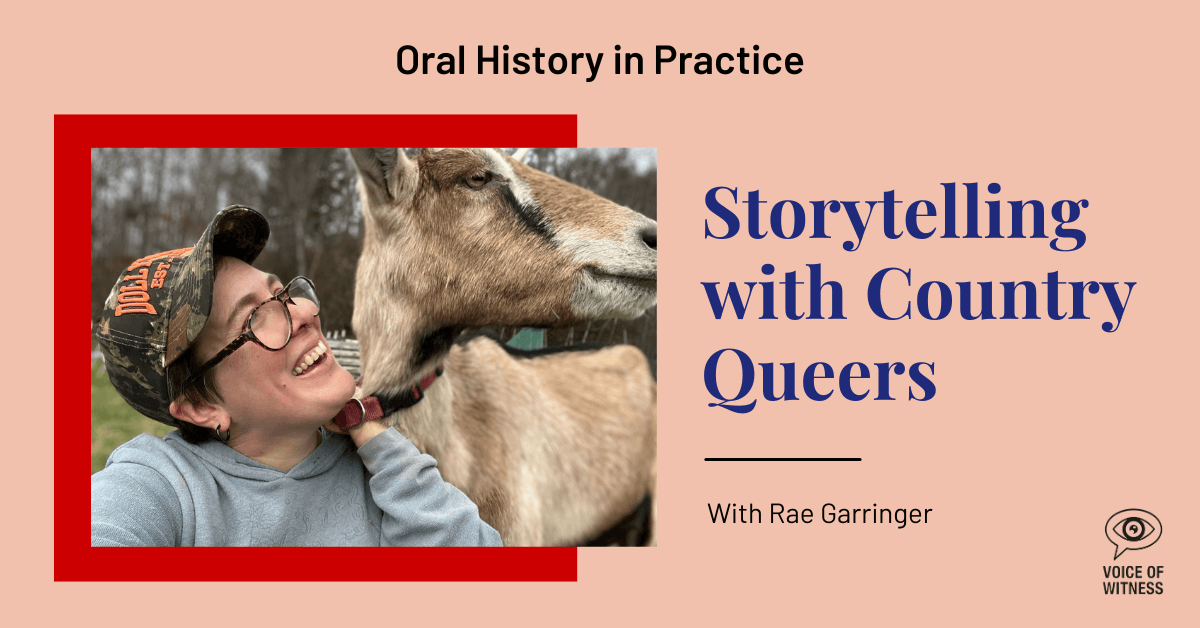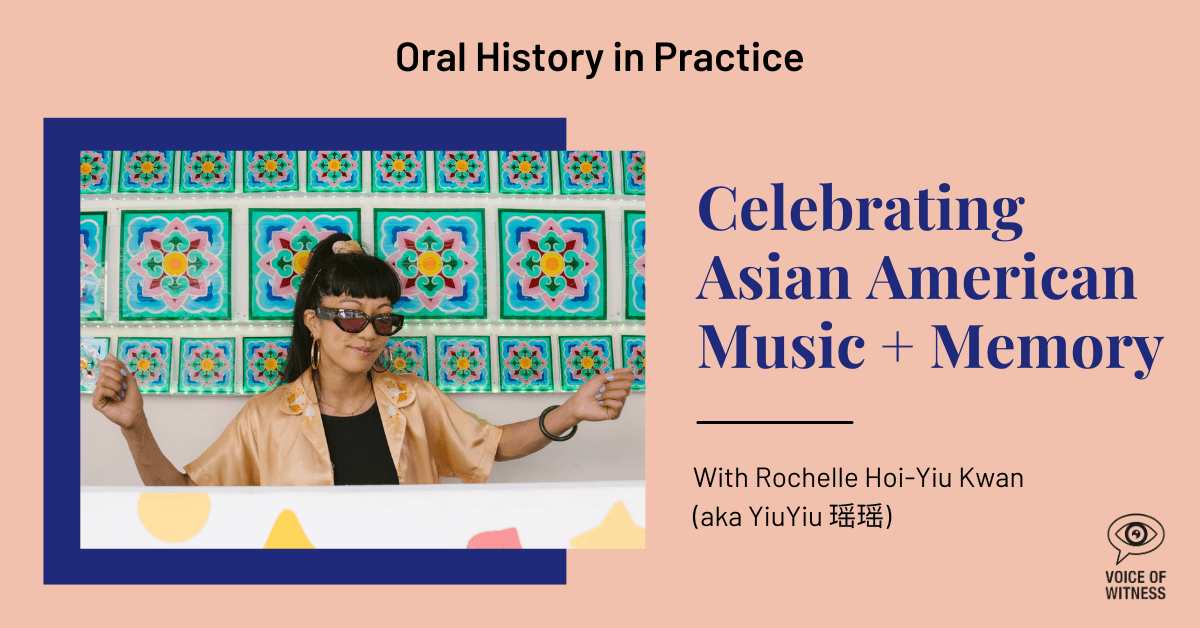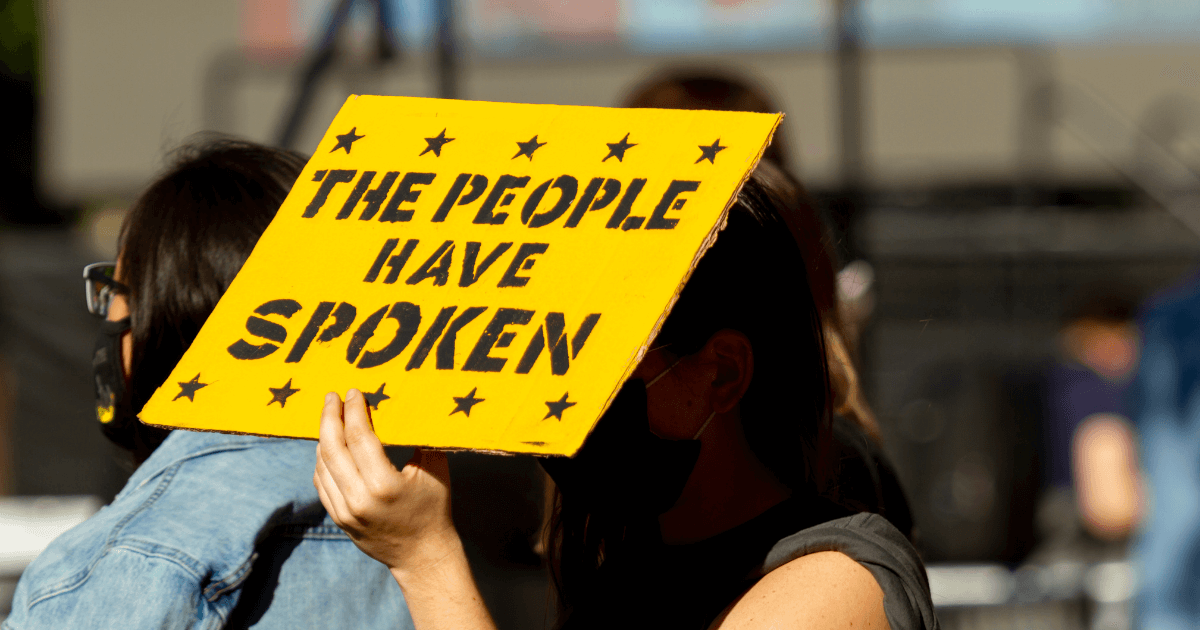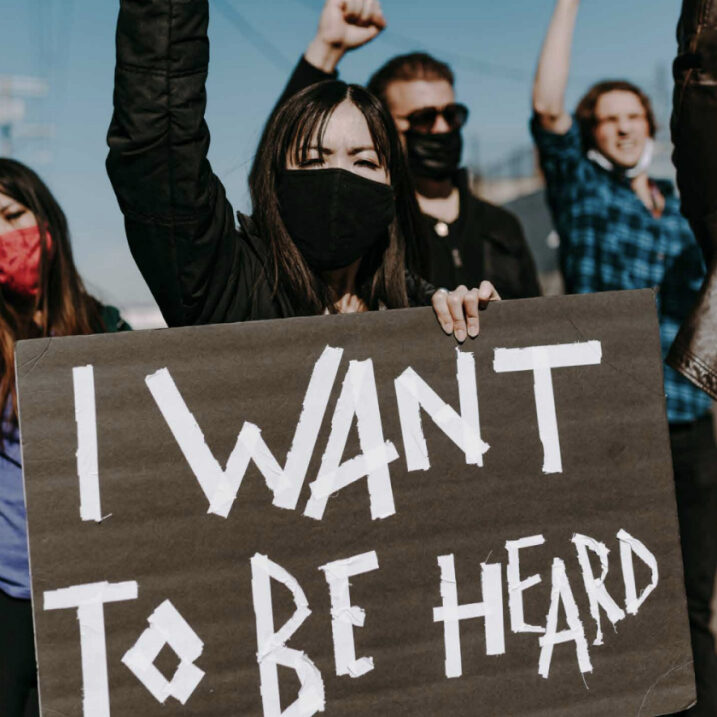by Ela Banerjee 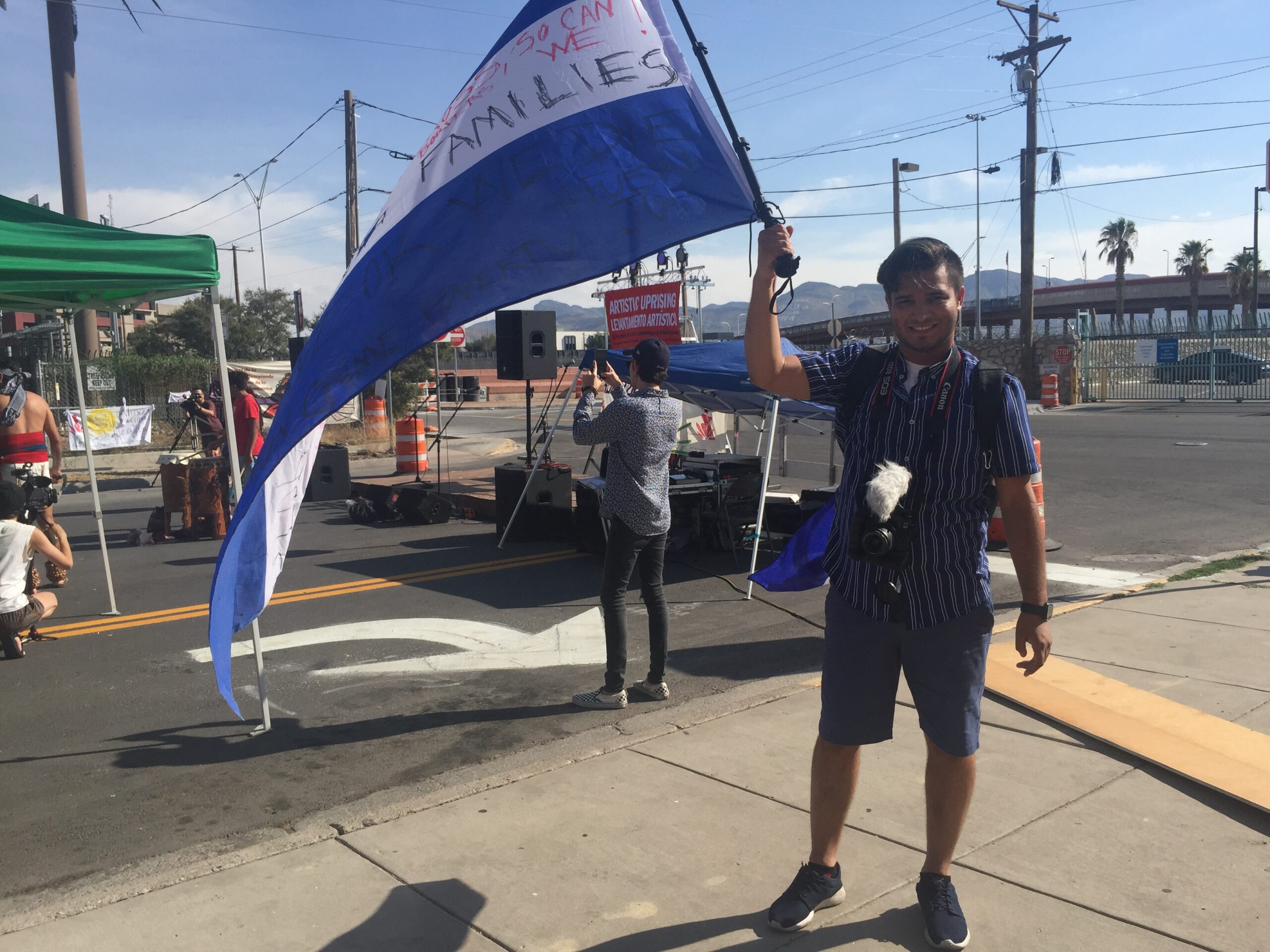 “Thank you for joining us on this glorious day for America!”
“Thank you for joining us on this glorious day for America!”
Hearing these words from our pilot, Solito, Solita narrator Gabriel Mendez and I both stiffened and shared an uncomfortable glance. It’s true that we were traveling from San Francisco to El Paso, Texas on the Fourth of July.
Shades of red, white, and blue followed us everywhere- the scarves of flight attendants, pom-poms decorating airport cafes, Old Navy T-shirts worn by our fellow passengers, nationwide celebrations plastered across TVs at every terminal.
But we weren’t headed to a BBQ or parade. Gabriel and I were en route to an Artistic Uprising taking place the following day (July 5) at the US-Mexico El Paso border. News has resurfaced over the last few weeks and days of inhumane conditions at immigration detention centers across the border: crowded cages, lack of access to basic hygiene, families separated.
Pediatricians warned of abuse and trauma. Members of Congress visited centers at the El Paso border and called them concentration camps. In response, playwright Eve Ensler (creator of the Vagina Monologues) had put out a call to artists of all disciplines to gather in protest at the border and do what artists do best: make noise.
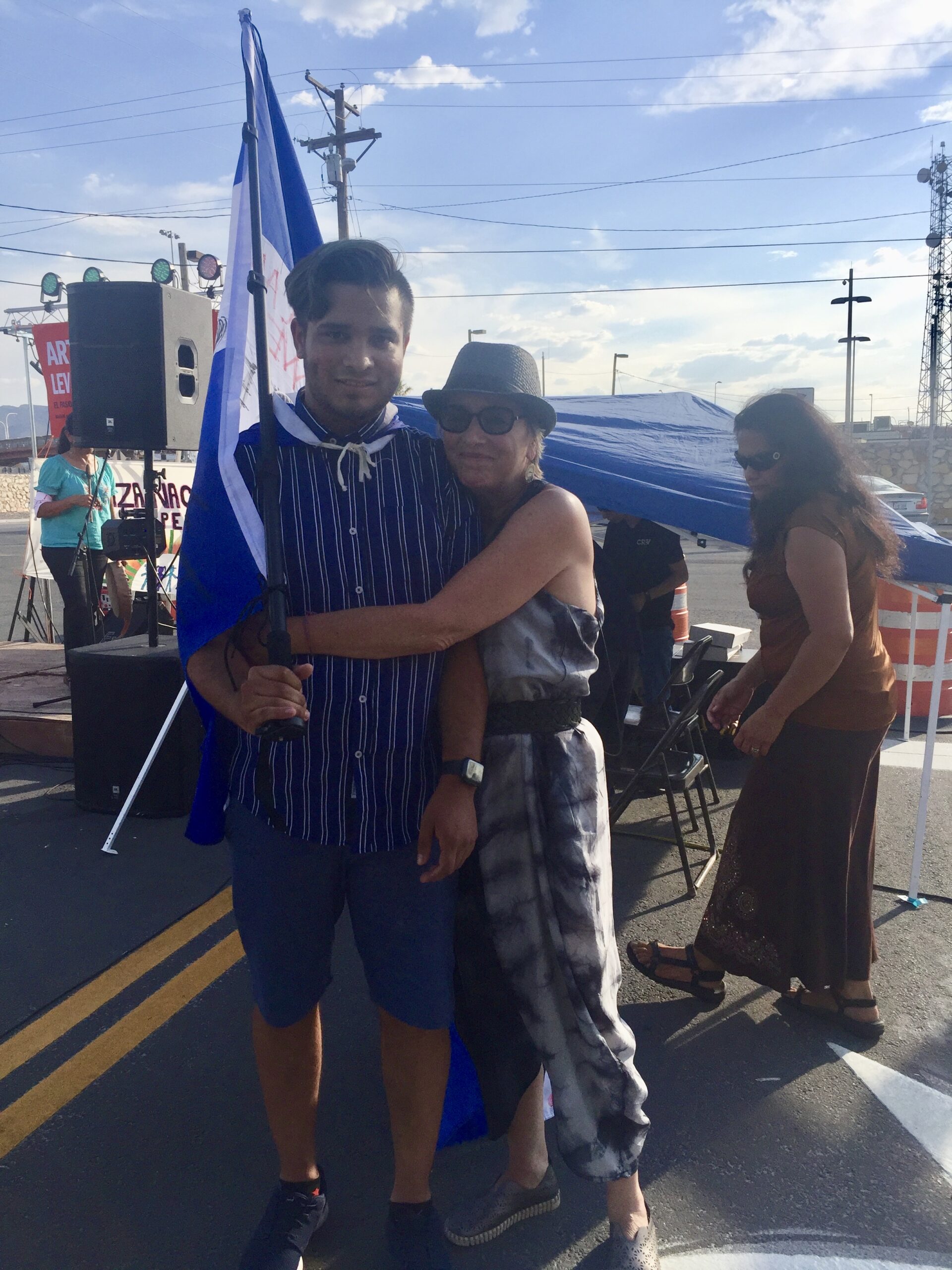
In just one week, over 30 musicians, poets, writers, dancers, and performers responded to Ensler’s call. Local organizations La Mujer Obrera, Alianza Nacional de Campesinas, and the Border Agricultural Workers Project joined Ensler and One Billion Rising to begin coordinating logistics on the ground in El Paso.
Ensler invited Gabriel to speak at the Uprising and share his experience of fleeing abuse in Honduras and immigrating to the US as a young teenager.
“I feel like anything related to immigration is personal,” Gabriel told me, explaining his decision to travel to the Uprising all the way from the Bay Area. “I have a responsibility [to] bring my voice together with these other folks from the community… I want my people inside of those bars, in a cage to know that we’re there to support them.”
When we got off the plane and drove on the highway overlooking El Paso, I was struck by how arbitrary the border seemed. “This is your first time here,” our driver commented (it wasn’t a question).
I leaned over the window and squinted at the giant, red “La Equis” statue standing in Juarez, marking the edge of Mexico. It all seemed like one space, a continuation of the same brown-gold desert and same scorching temperatures and same endless blue sky. Not two different countries, no two different places where your status as a person changes.
That evening, Gabriel and I sat in downtown El Paso’s San Jacinto Plaza, watching the local Independence Day festivities. Families ate ice cream, children threw baseballs at a dunk tank, older adults fanned themselves and listened to a local band covering Steely Dan classics.
Listening to fireworks in the distance and watching the plaza slowly light up with flashing carnival lights, it felt profoundly wrong to witness this celebration and display of patriotism, when just a few miles away, in the same city, people were currently being locked up in freezing, filthy detention centers, their fate entirely uncertain. What exactly were we were celebrating?
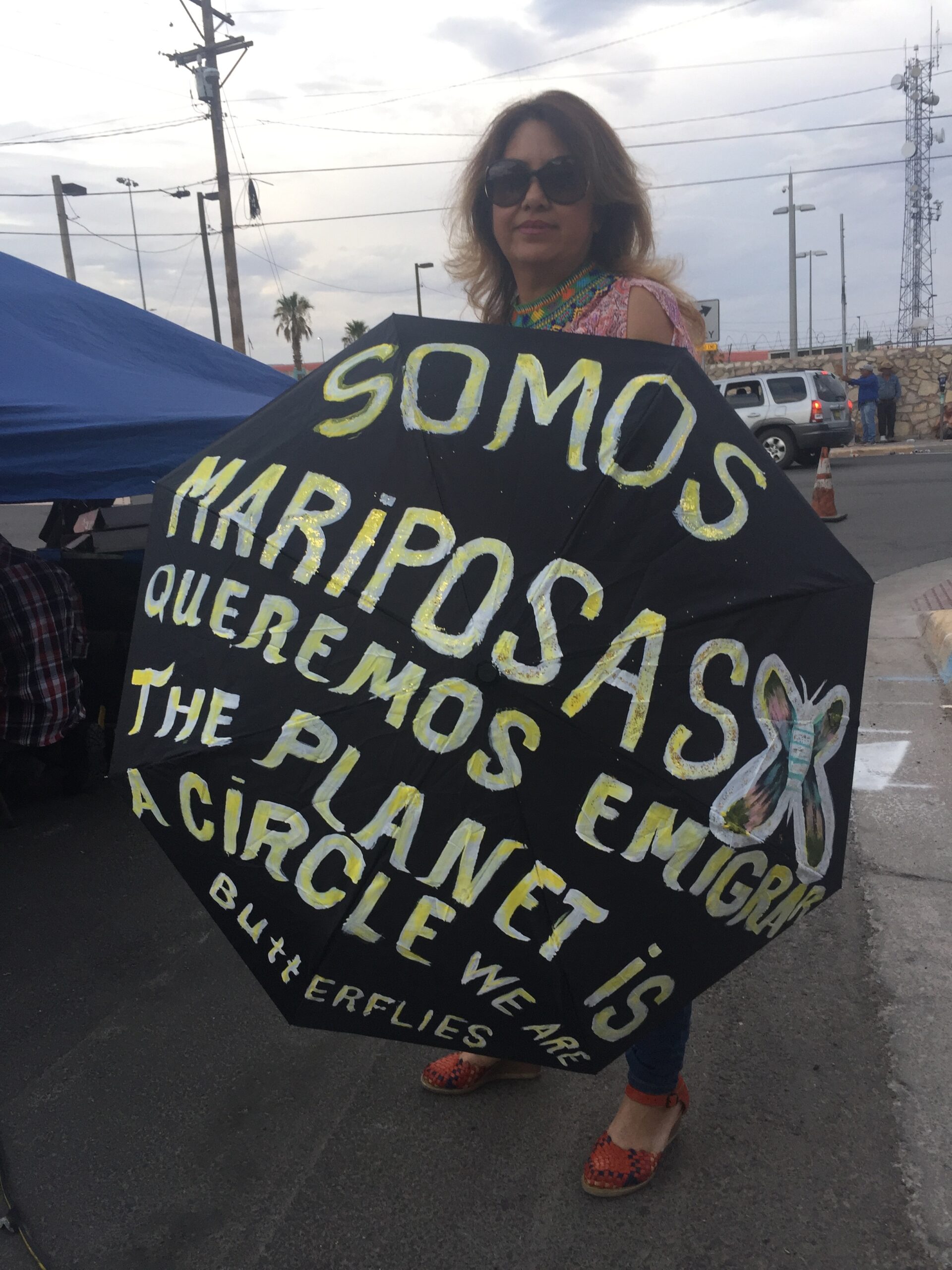 I felt sick.
I felt sick.
But the more I watched the crowd, the more I understood what I was actually seeing: families being together. Children and their parents finding a reason to be together and enjoying the fact that they were together.
I thought of my own family in California, who I had been missing all day as I traveled. I thought of the families currently being detained, who could not hear the thunderous celebration happening next door to them. I can’t say what they are thinking, but I can imagine that those detained most likely want the same thing we all do: a safe, sweet evening in the park with their kids.
A little less than 24 hours later, on Friday, we arrived at the Artistic Uprising taking place outside the Border Agricultural Workers Project building. Texas is “on the border.” El Paso as a city is “on the border.” Here, we were on the border, in the most literal sense.
A small stage with modest lights and a sound system had been erected outside; across the street was the El Paso del Norte Processing Center. And just beyond that rising above us- the International Bridge where a steady stream of people were walking back and forth across the US and Mexico.
Even at 5pm, the heat was blazing. The little hat I had borrowed last minute from a friend in SF seemed immediately laughable under this sun. But despite the heat, despite the sun, despite the sweat already collecting in our eyes, there were over 50 people gathered at the Uprising.
The space between the CBP processing centers is dry and bleak- but folks had arrived in defiance with as much color as possible. Handpainted signs capturing imagery of hands and flowers in blue and red and green and orange. Messages of solidarity written on white bands of cloth and tied around arms. Black umbrellas painted with phrases like, “The Planet is a Circle/We Are Butterflies.” And the bright red sign held by so many, declaring boldly: “This Is An Artistic Uprising.”
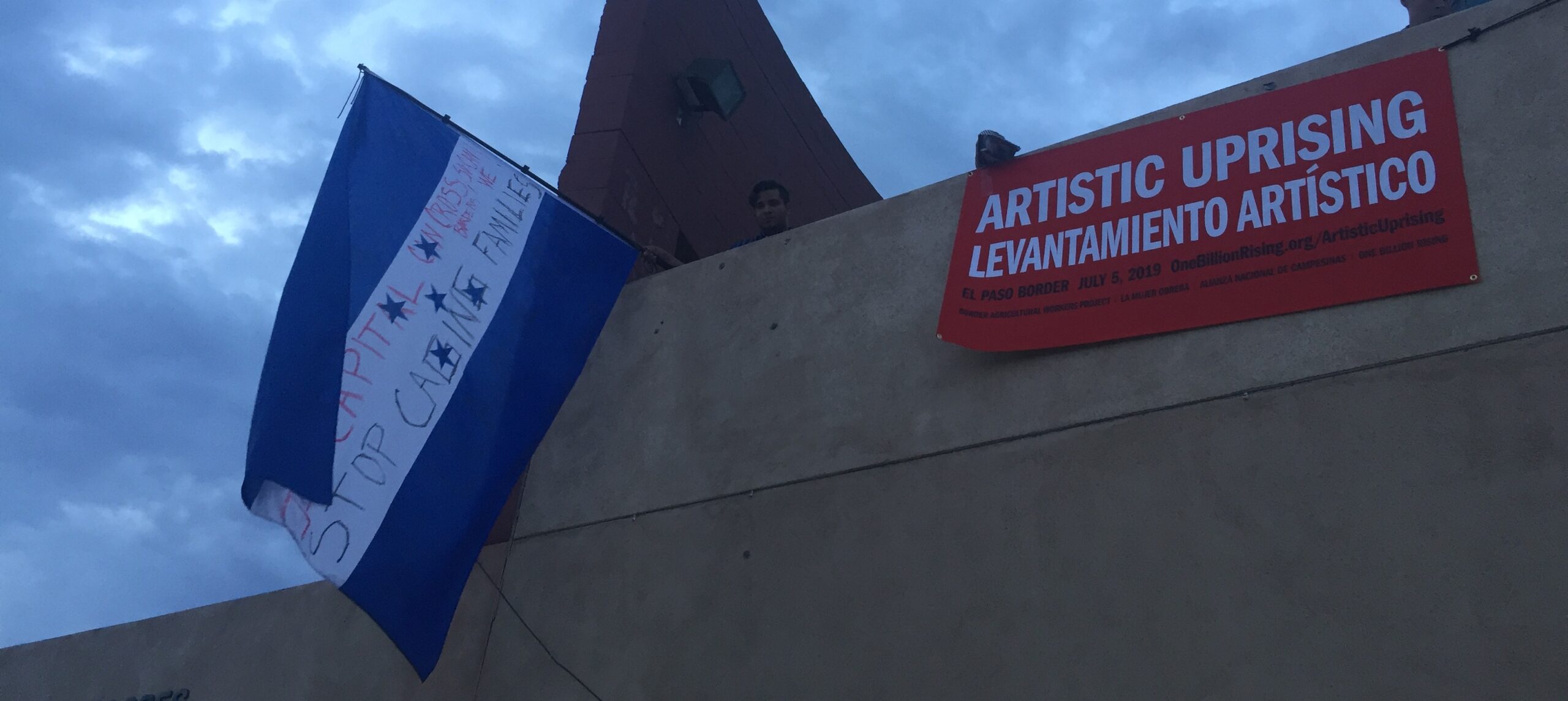
After an invocation led by indigenous dancers and musicians, Lorena Andrade of La Mujer Obrera spoke to the crowd. “In this Center that you see back here,” she said, gesturing behind the stage, “That is where our people are held… This is where this whole, horrible process begins.” She reminded us exactly where we were, outside the Border Agricultural Workers Project: “Many people never look south, they never look in our direction. Even people from other parts of El Paso don’t look south in this direction, to the immigrant neighborhoods, the ones who have always resisted… Community exists here because of us. And because we will never back down, they will never shut us down.”
Andrade told us that, “We are here to be loud with our poems, with our songs, with our danza, with our drums, with everything that is in us.” And that’s what happened over the next five hours.
Back to back, artists took the stage expressing their pain and their outrage and their disgust at the actions of the US government, but also to share the love they feel for those trying to cross borders and their hope for a change on the horizon and their belief in community rising together.Gabriel took the stage early in the evening, his Honduran flag waving at his side.
He had handwritten across the flag: “If Capitol Can Cross Borders, So Can We.” His story of escaping poverty, abuse, and corruption in Honduras and crossing the border as a child grounded the night’s demonstration- Gabriel’s testimony was a flesh-and-blood example of why we were gathering and why we were making art.
I was grateful to him for not only giving so much of his time and energy to be present at the Uprising and share his perspective, but also standing tall and unflinching at the same border that had been so cruel to him only a few years before.
After Gabriel told his story, I had the chance to read an excerpt from the story of Noemi, an indigenous woman from Guatemala in Solito, Solita. Working for Voice of Witness, I’ve read the narratives of Solito, Solita many times. Each reading is difficult and intense and demands your full attention and heart. But there was something very different about reading Noemi’s story aloud at the Uprising. The goal of our books is to allow the reader to place themselves in the shoes of our narrators, to imagine what it would be like to experience their lives firsthand.
I read Noemi’s words about being trapped in the desert for days without water- right next to the very same desert that she crossed. I had been outside for two hours and I was getting uncomfortable. Looking into the barren distance to my right, I could imagine the profile of a teenage girl and her little sister blurring in the heat. It was easy to imagine- because it’s still happening. Throughout the reading, I kept thinking of the other sixteen year old girls and sisters and daughters and mothers and fathers and boys and brothers and all the people who are just trying to reach safety. And how so many of those who manage to reach the border (itself so difficult) were right behind us. Waiting and waiting and waiting in a cold box where the lights never turn off and no mercy is shown.
I felt angry. I felt lost. I felt broken. But I think that’s also the point.
During the Uprising, Eve Ensler told us, “It’s our job, as artists, to be broken and to live in brokenness… To climb in beside those suffering and invite them to make a home inside us… To ally with no country, but the country of becoming… Art is the most powerful tool we have to transform consciousness.”
The sun set and the wind suddenly appeared, rushing through the trees and our hair and cooling the sweat that, at this point, was soaking all of our bodies. The crowd, which had been over 100 strong at the peak of the demonstration, thinned to about 40. But people were still dancing and singing and reciting their poetry. As we passed 10pm, we left the stage and marched together to the International Bridge, chanting, “Aqui estamos y no nos vamos.”
Before we departed, we joined in a circle and held hands and voiced what we wished for those being detained. People mentioned things we often hear: hope, compassion, mercy, dignity.
But in the days since the protest, I keep thinking of one specific and simple wish:
“A future.”
Ela Banerjee is the Community Partnership Coordinator at Voice of Witness. Learn more about Ela and and our team here.
